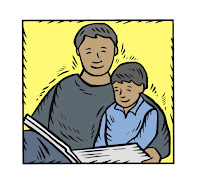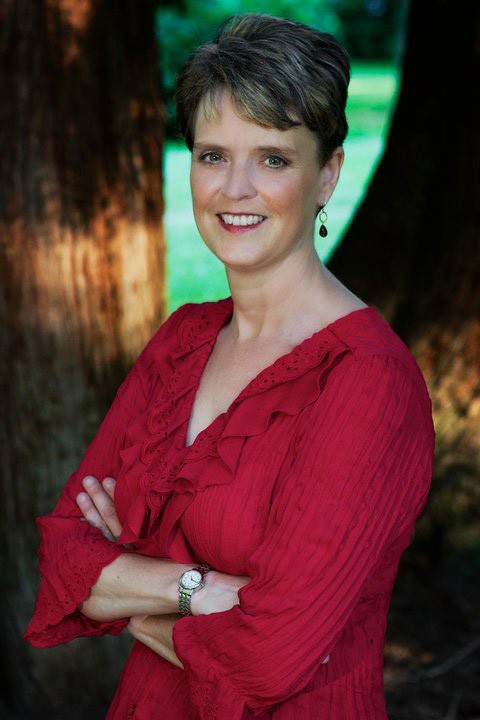Kids learn in different ways, and parents and mentors who know this end up being more effective in relating to and teaching them.
There are three “learning styles”: auditory, visual, and kinesthetic.
Auditory learners like it when parents read in a dramatic way, encourage them to talk more than write, and give directions aloud.
Visual learners understand best after being shown; they especially like diagrams, charts, pictures, films, to-do lists, and written directions.
Kinesthetic learners like to touch, feel, and experience. They thrive on skits, field trips, and hands-on learning.
Everyone starts out as a kinesthetic learner in kindergarten. Some gravitate to visual around second or third grade. In late elementary, some gravitate to auditory.We use the word “gravitate” rather than “evolve” because no one style is better than another.
But here’s the kicker: Auditory learners form forty percent of the school-age population, and they’re mostly girls. Kinesthetic learners form twenty-five percent, and are mostly boys. Parents and teachers (the latter are especially likely to be reading/writing oriented) often interact with students in their own preferred style, rather than the one best for the child, but adults who become aware of this can make simple adjustments to help the child thrive.
Numerous websites offer do-it-yourself tests to help individuals figure out their best learning styles (yes, most people have more than one). One site, which prefers the term “learning preferences,” even has a version for kids ages twelve to eighteen, and splits the “visual” category into “symbolic visual” and “visual text” (www. vark-learn.com).
Clearly, knowledge of learning preferences or styles offers parents and children themselves valuable insights for learning more easily and effectively, and preventing that downward spiral
in self-confidence. Schools that provide alternative teaching methods and non-traditional approaches to these learners often foster success. We recommend reading Thomas Armstrong’s The Myth of the ADDChild. Stories abound of students labelled as failures in traditional schools, who happily begin to flourish in non-competitive, collaborative environments. Locating a program structured on Adlerian philosophy or multiple intelligence theory is indeed a boon for a child struggling with ADD/ADHD and/or LDs.
Excerpted from Jump-Starting Boys: Help Your Reluctant Learner Find Success in School and Life, by Pam Withers and Cynthia Gill (Viva Editions). All references (footnotes) contained in the book.
http://www.amazon.com/Jump-Starting-Boys-Reluctant-Learner-Success-ebook/dp/B00BAHA0Y8/ref=sr_1_1?s=books&ie=UTF8&qid=1421455869&sr=1-1&keywords=jump+starting+boys
http://www.amazon.com/Jump-Starting-Boys-Reluctant-Learner-Success-ebook/dp/B00BAHA0Y8/ref=sr_1_1?s=books&ie=UTF8&qid=1421455869&sr=1-1&keywords=jump+starting+boys


